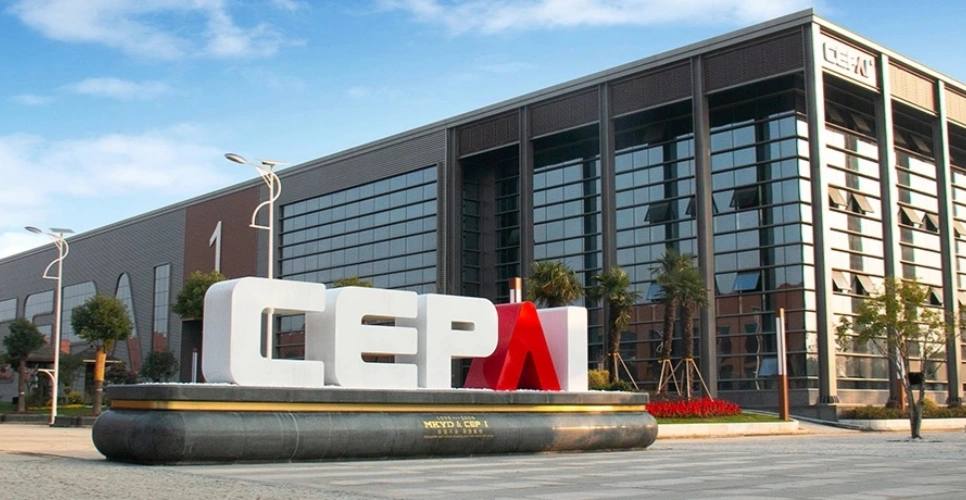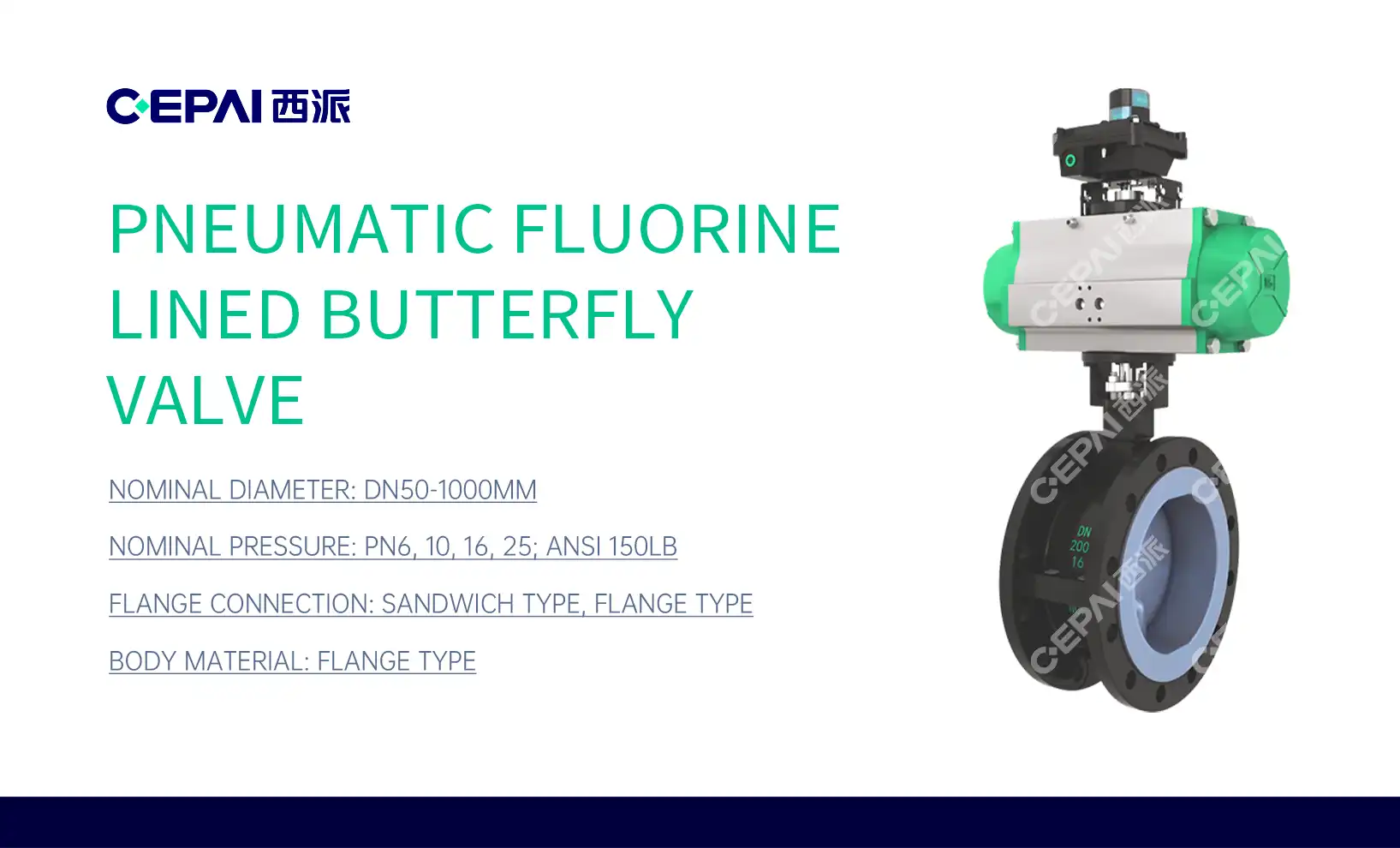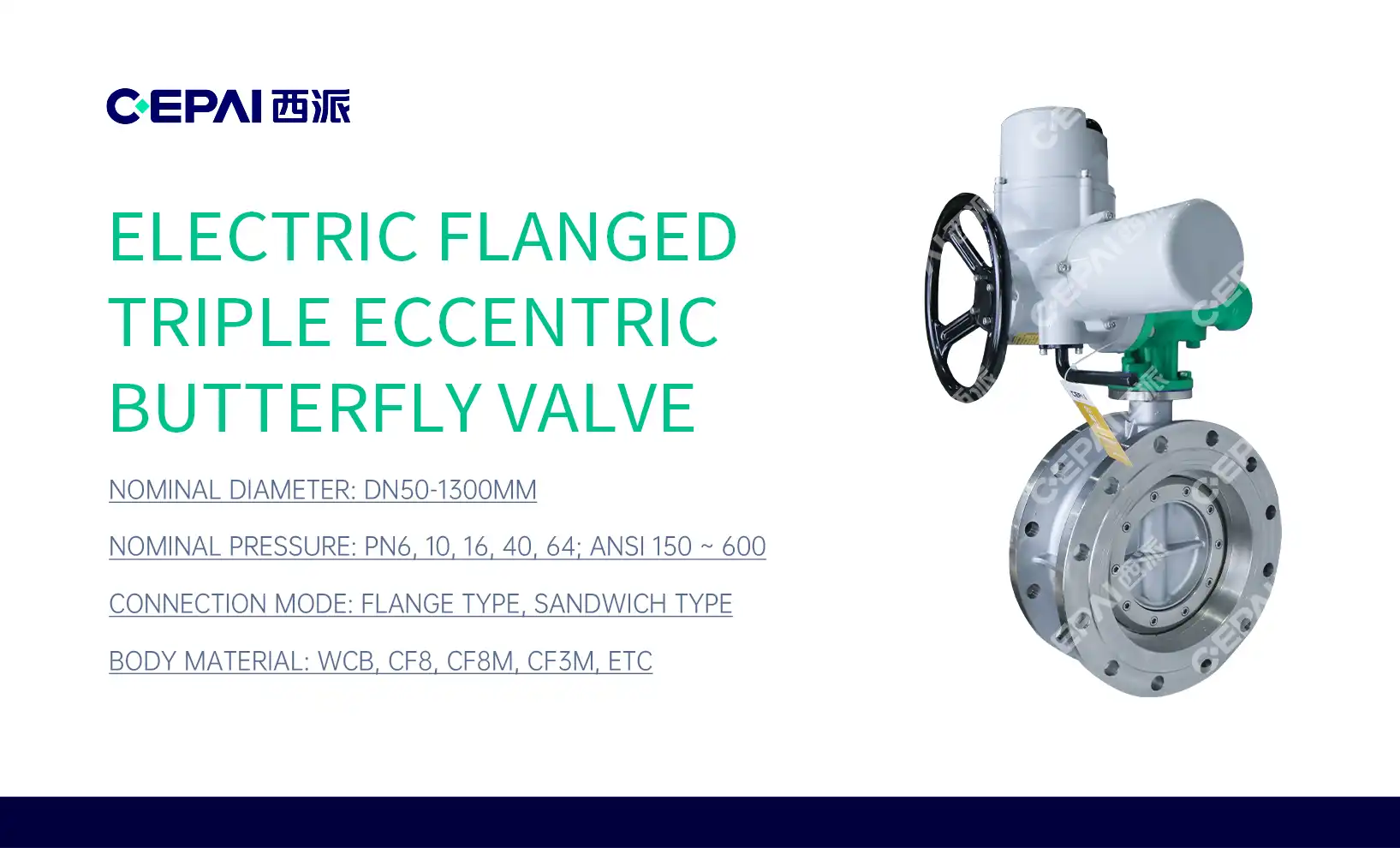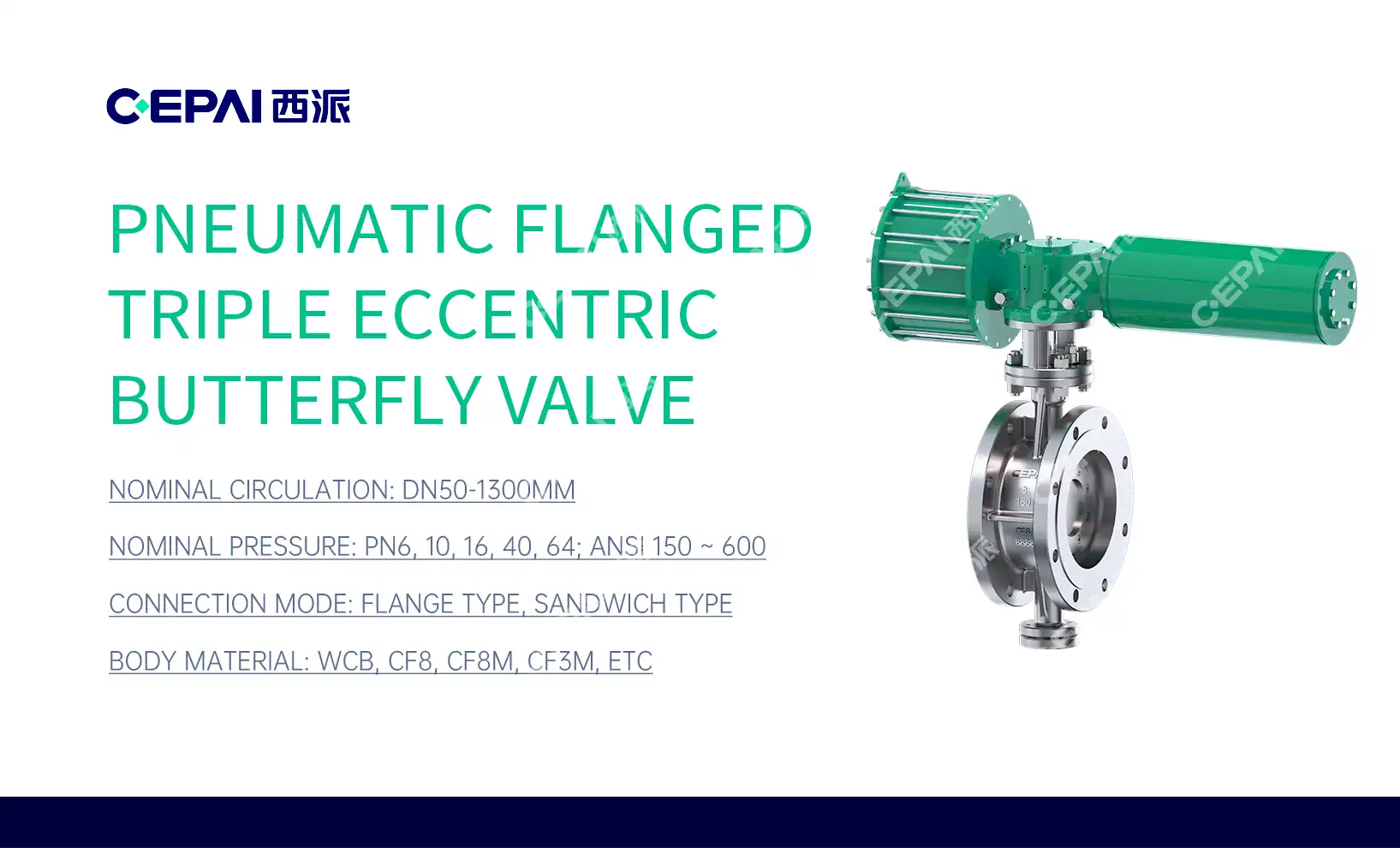Preparing for Butterfly Valve Installation
Site Assessment and Safety Considerations
Before initiating any installation work, a comprehensive site assessment is essential. This involves meticulously evaluating the surrounding environment to confirm sufficient workspace exists and proactively identifying all potential hazards, such as overhead obstructions, electrical risks, or confined spaces. Implement all necessary safety measures without exception; this includes mandating appropriate Personal Protective Equipment (PPE) for all personnel and strictly adhering to lockout/tagout procedures to isolate energy sources. Furthermore, verify that every required tool and piece of equipment is immediately accessible onsite and thoroughly consult all relevant industry-specific safety protocols and regulations to ensure full compliance before proceeding.
Valve Inspection and Documentation Review
Upon receiving the butterfly valve, conduct a detailed inspection prior to acceptance. Carefully examine it for any visible signs of damage incurred during shipping or handling, such as dents, scratches, or deformities, and check for defects like cracks or compromised seals. Concurrently, thoroughly review all manufacturer-supplied documentation, paying close attention to the valve specifications, precise installation instructions, and critical torque requirements for assembly. Crucially, confirm that the valve's certified pressure and temperature ratings are fully compatible with your system's intended operational parameters. Finally, familiarize yourself with the valve's key components – the disc, seat, stem, and actuator – to ensure correct and careful handling throughout the installation process.
System Preparation and Pipe Alignment
Proper preparation of the piping system is vital. Begin by thoroughly cleaning and flushing the pipe lines to eliminate any debris, scale, weld spatter, or other contaminants that could impair valve function or damage sealing surfaces. Achieving precise pipe alignment is critical; misalignment places uneven stress on the valve body and flanges, significantly increasing the risk of leaks or premature valve failure. Utilize a pipe alignment tool to guarantee accurate positioning of the mating flanges and consider installing adequate pipe supports, if needed, to maintain this alignment integrity over the system's operational life. Additionally, verify that the pipe ends are perfectly square and meticulously remove any burrs or damage that could prevent a proper seal with the valve seating surfaces.
Step-by-Step Butterfly Valve Installation Process
Positioning and Orientation
Determine the optimal valve position based on flow direction and system requirements. Most butterfly valves are bidirectional, but confirm this in the manufacturer's guidelines. Position the valve with the shaft perpendicular to the pipe centerline for proper operation. If the valve has a preferred flow direction, align it accordingly. Consider accessibility for future maintenance when selecting the final orientation.
Gasket Selection and Installation
Choose appropriate gaskets that are compatible with the valve material, system media, and operating conditions. Place the gaskets between the valve and pipe flanges, ensuring proper centering and alignment. Some butterfly valves feature integral seals, eliminating the need for separate gaskets. In such cases, verify that the valve's sealing surfaces are clean and undamaged before installation.

Bolting and Torquing Procedures
Insert bolts through the flange holes, ensuring they are of the correct size and material. Apply a suitable lubricant to the bolt threads to prevent galling and ensure accurate torque readings. Tighten the bolts in a star pattern, gradually increasing torque to the manufacturer's specified values. Use a calibrated torque wrench for precise tightening, and avoid over-torquing, which can damage the valve or flanges. Perform multiple passes to achieve uniform compression of the gaskets or seals.
Post-Installation Checks and Commissioning
Leak Testing and Pressure Verification
Conduct thorough leak tests to ensure the integrity of the valve installation. Gradually pressurize the system to the specified test pressure, observing for any signs of leakage around the valve body, flanges, or stem. Use appropriate leak detection methods, such as soap solution or ultrasonic testing, depending on the system requirements. Verify that the valve maintains proper sealing throughout its full range of motion.
Actuator Adjustment and Calibration
If the butterfly valve is equipped with an actuator, perform necessary adjustments and calibration. Set travel stops to ensure proper disc positioning in both the fully open and fully closed positions. Verify that the actuator provides sufficient torque to operate the valve smoothly throughout its range. Calibrate any associated position indicators or feedback devices to ensure accurate valve position monitoring.
Documentation and Maintenance Planning
Document all installation details, including torque values, pressure test results, and any adjustments made during the process. Update system drawings and valve registers to reflect the newly installed butterfly valve. Develop a comprehensive maintenance plan, including regular inspection schedules, lubrication requirements, and recommended spare parts inventory. Provide relevant personnel with training on proper valve operation and maintenance procedures to ensure long-term reliability.
Conclusion
Proper installation of butterfly valves is essential for ensuring optimal performance and longevity in industrial applications. By following this step-by-step guide, engineers can confidently approach the installation process, from initial preparation to final commissioning. Remember to prioritize safety, adhere to manufacturer specifications, and maintain meticulous attention to detail throughout the installation. With careful execution and thorough post-installation checks, you can achieve a reliable and efficient butterfly valve installation that contributes to the overall success of your system.
FAQs
1. How often should butterfly valves be inspected after installation?
Regular inspections are crucial for maintaining optimal valve performance. Typically, conduct visual inspections quarterly and more comprehensive checks annually. However, frequency may vary based on usage and environmental conditions.
2. Can butterfly valves be installed vertically?
Yes, butterfly valves can be installed vertically. However, ensure proper support to prevent undue stress on the valve and piping system. Consult the manufacturer's guidelines for specific recommendations on vertical installations.
3. What are common signs of improper butterfly valve installation?
Signs of improper installation include leakage, difficulty in operation, unusual noise or vibration, and premature wear of valve components. If you observe any of these issues, promptly investigate and address the root cause to prevent system damage.
Expert Butterfly Valve Solutions | CEPAI
CEPAI Group Co., Ltd. specializes in high-quality butterfly valves for demanding industrial applications. Our advanced manufacturing techniques and rigorous quality control ensure superior performance and reliability. From custom designs to comprehensive installation support, CEPAI is your trusted partner for innovative valve solutions. Experience the difference of our expertly crafted products. Contact our factory at cepai@cepai.com to discuss your specific valve requirements.

References
Smith, J. (2022). Advanced Butterfly Valve Design and Installation Techniques. Journal of Valve Engineering, 45(3), 178-195.
Johnson, R. & Williams, T. (2021). Best Practices in Industrial Valve Installation. 3rd ed. New York: Industrial Press.
Lee, S. et al. (2023). Comparative Analysis of Butterfly Valve Performance in High-Pressure Systems. International Journal of Fluid Dynamics, 18(2), 87-102.
Brown, M. (2020). Maintenance Strategies for Long-Term Valve Reliability. Plant Engineering Quarterly, 32(4), 210-225.
Garcia, A. & Thompson, K. (2022). Innovations in Valve Actuation and Control Systems. Automation in Industry, 27(1), 55-70.
White, L. (2021). Safety Considerations in Valve Installation and Commissioning. Industrial Safety Review, 39(2), 145-160.

_1746598525968.webp)



